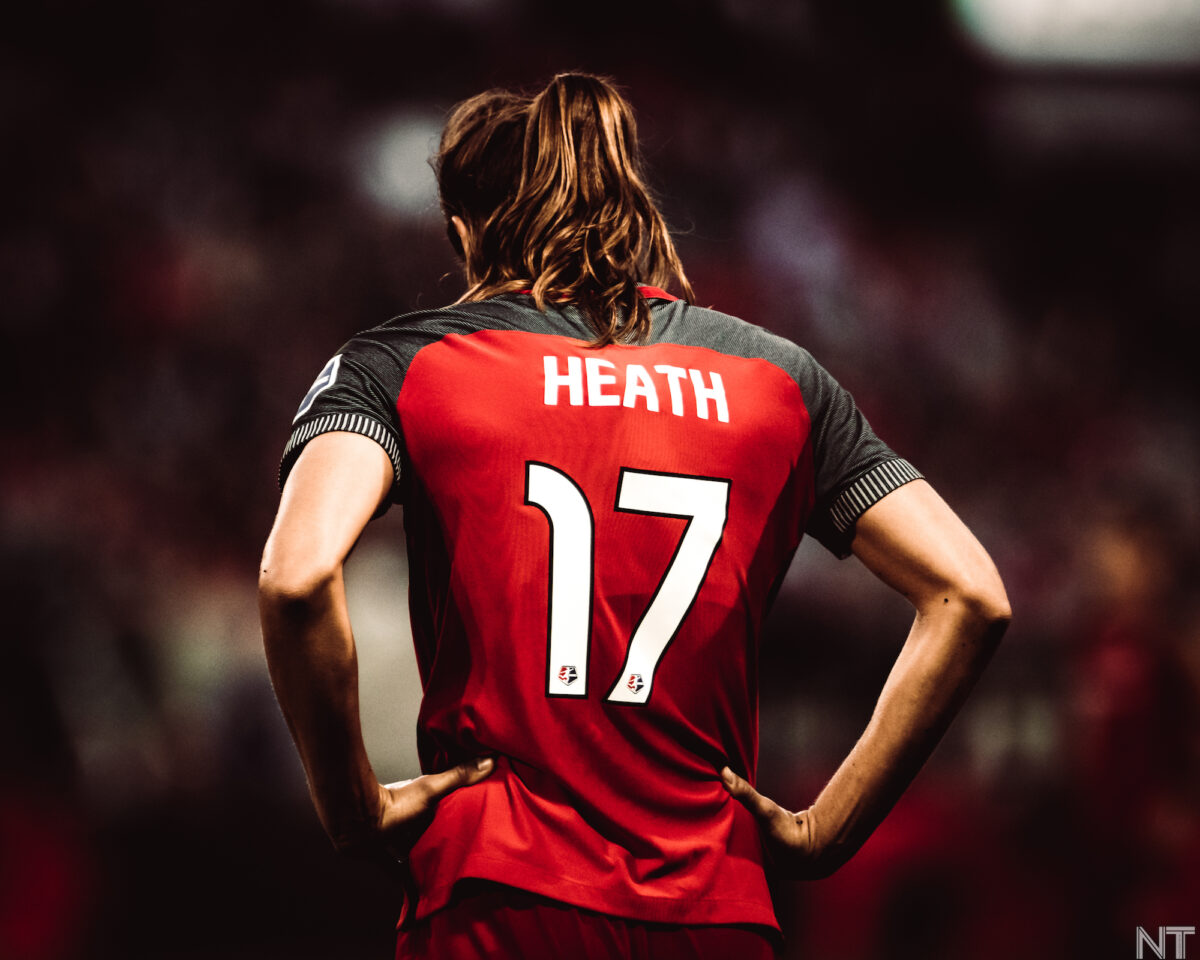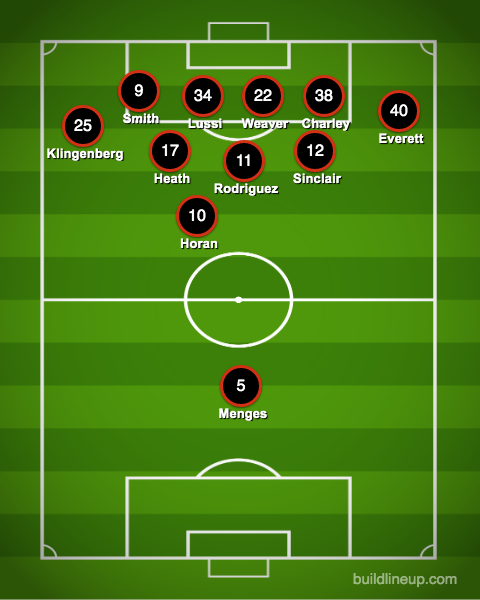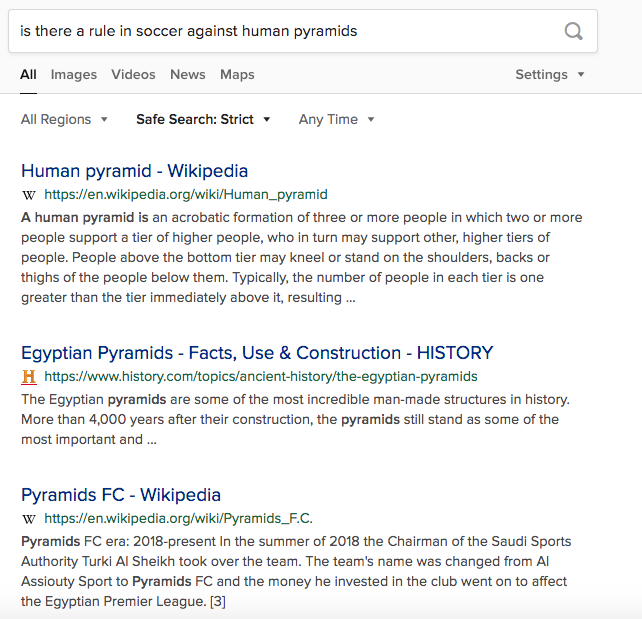I think deep down I knew as soon as Tobin Heath announced she wouldn’t be playing in the Challenge Cup that she was never coming back. It just felt that way.
Like the rest of you, I spent a few weeks preparing for the expansion draft. I had mapped out what was likely, what I would have done if I was in charge, what I thought was unlikely but possible. I steeled myself hardest against the likeliest outcome, thinking, we’ll miss those players, we’ll empathize with the disruption this causes in their lives, but at least they’ll get a well-deserved chance to start for a team that they will make better.
Then the unlikely thing happened instead. I was surprised by how much it stung.
Five years ago, I started writing about the Thorns because I really, really liked them. I still do. But as you get pulled slowly but surely out of the “fan” column and into the “media” column, things change. You gain some detachment. Everything feels less life-or-death. You start thinking of things in terms of individual actors making the best decisions they can, rather than your team versus other teams and good versus bad.
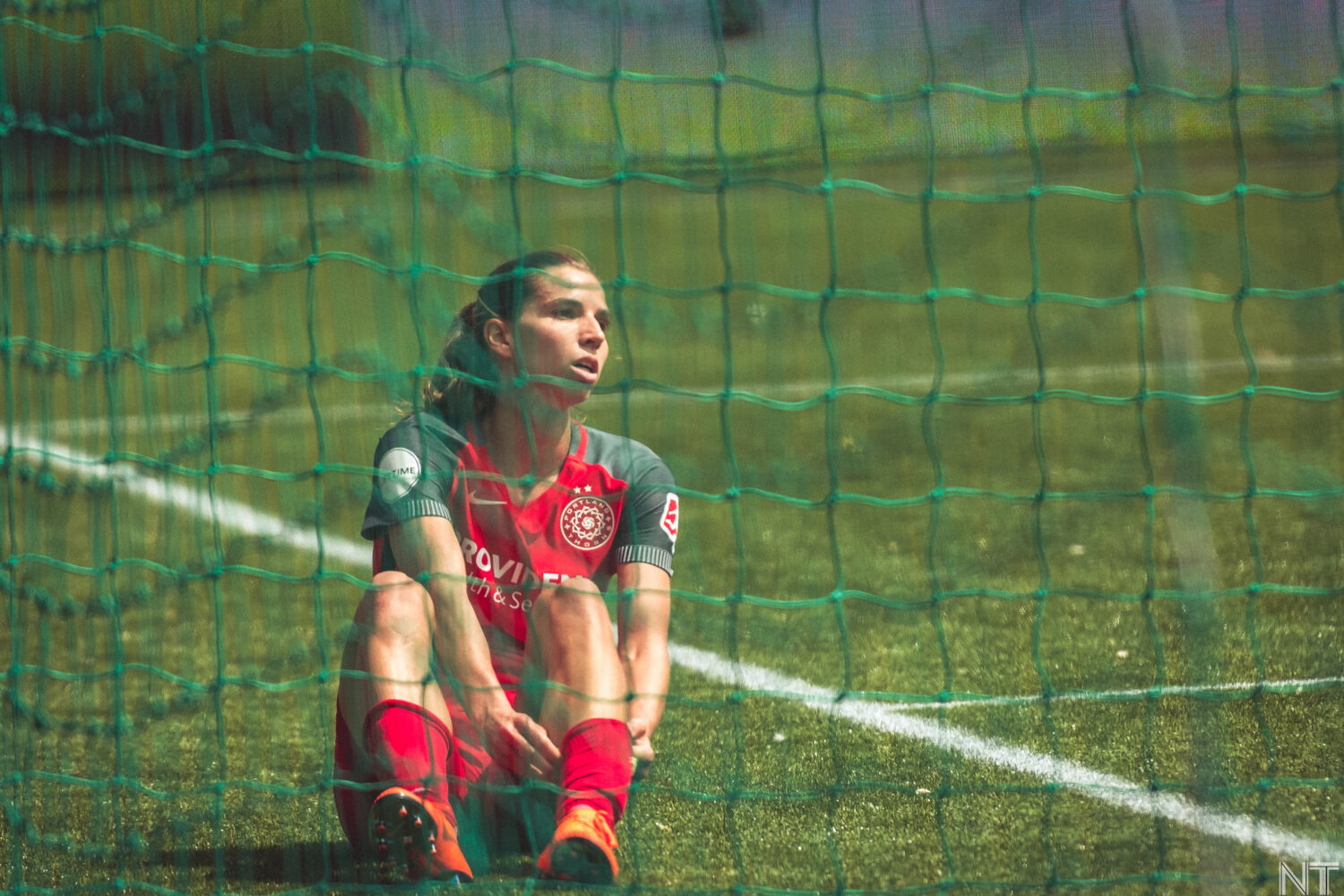
So the media part of me wants to start by saying that it’s probably wrong to think of this as something the Thorns did to Tobin Heath. Under the rules of the draft, their protected list made sense. They protected the two most important allocated players who aren’t currently on loan abroad, and Louisville took a really big gamble that no one expected them to take. I also don’t know, but I hope, that this isn’t the end of the world for Tobin, and that whatever happens next is a net positive in her life.
I’m not sure I would have had those thoughts five years ago. The thought I would have had, and still do have, is that I am sad anyway, and all the context in the world doesn’t change that. Tobin Heath occupies a unique slot in my brain: she was my first favorite Thorn.
I have read that music you first hear when you’re young sticks with you more strongly than music you encounter later, because your brain is still forming. Your neural circuitry somehow physically molds itself around those sounds and the experiences that go along with them. You lose that ability once you hit age 25 or so. To this day, I find Tobin uniquely thrilling to watch, the same way hearing “Once in a Lifetime” makes me feel like a teenager again.
When I first started watching the Thorns, I didn’t know very much about soccer. Tobin stood out because she’s so clearly different from anyone else. She’s built different and she moves different, all jagged angles and splayed limbs, awkward and graceful at once. She catches your eye just by how she moves on the ball, and then she does something like rainbow a defender, and that pretty much seals it. You have to be awfully humorless not to find a little bit of joy in that.
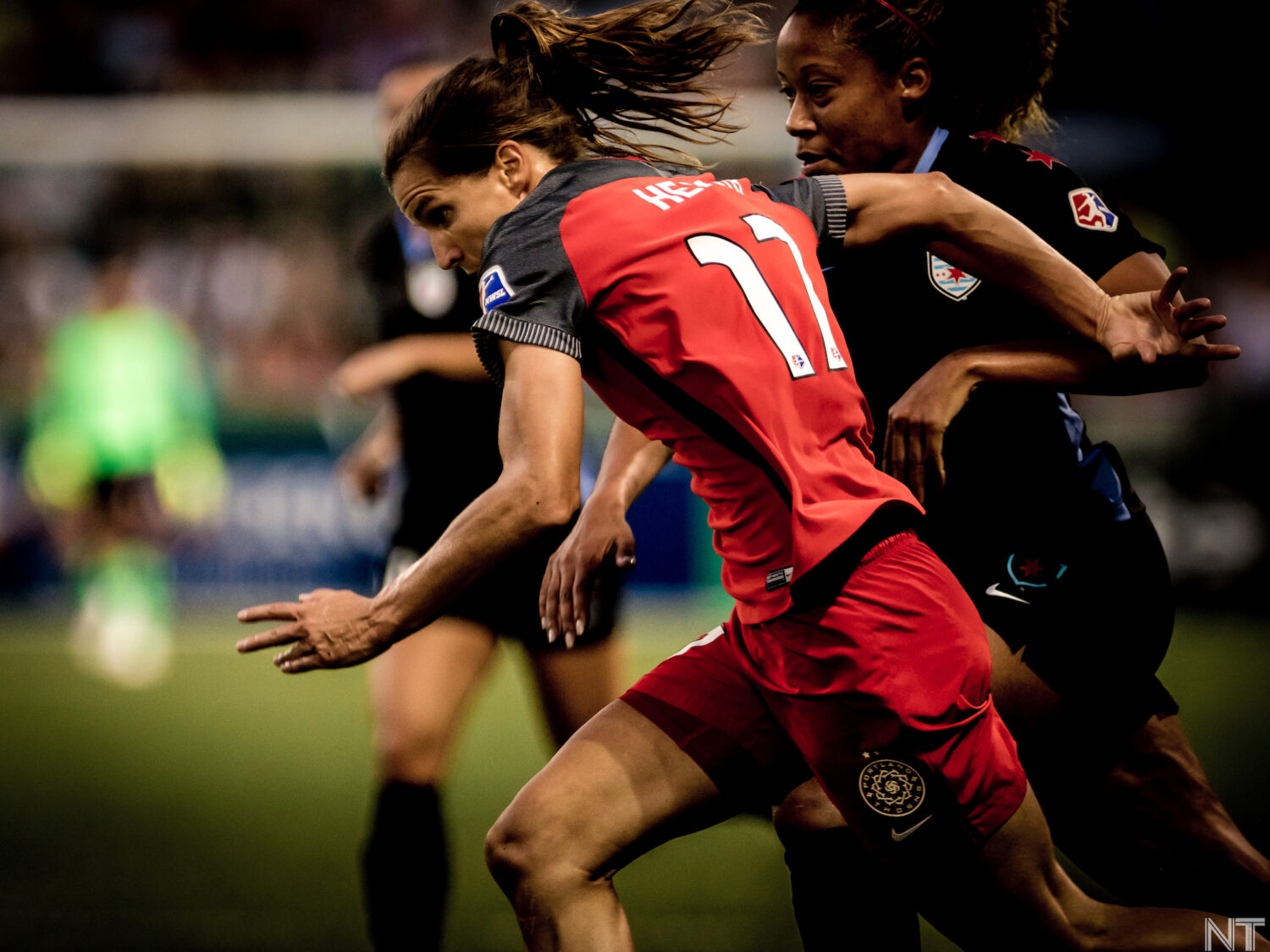
The first Thorns game I watched from the press box was their 2016 home opener, which was the Orlando Pride’s debut as a club, and it felt very big and laden with symbolism in a way I’m not sure I could register anymore. It was a break in the life of both the club and the league: Mark Parsons’s first game as head coach, the first-ever fourth season of women’s professional soccer in America. Alex Morgan’s departure that offseason had felt like the club growing up. Hard as it is to fathom now, there were people who questioned whether the Thorns would maintain their popularity without Morgan’s talismanic star power. Morgan and Heath clasped hands before the game, each now the face of a different club, and you could feel that Heath had always belonged here in a way Morgan never did.
And she owned that game. Before that season, she’d played relatively few minutes for Portland, thanks to injury and international duty. That first game of 2016 was like an announcement that she was really here for the club, and she was going to do things nobody else could do. I remember few details from the game, but one improbable trick of physics sticks in my head, where she flicked the ball into the air and somehow guided it right, then left, in a midair elastico, and the wildest part was that this worked and she beat her defender.
After the game, she walked into the presser with the captain’s armband hanging off her sleeve by one strip of velcro and talked about wanting to give everything to this club. She grinned that big Tobin Heath grin, giddy with excitement like an overgrown kid. Parsons said, “we’ve got fucking Tobin Heath.” I felt giddy too.
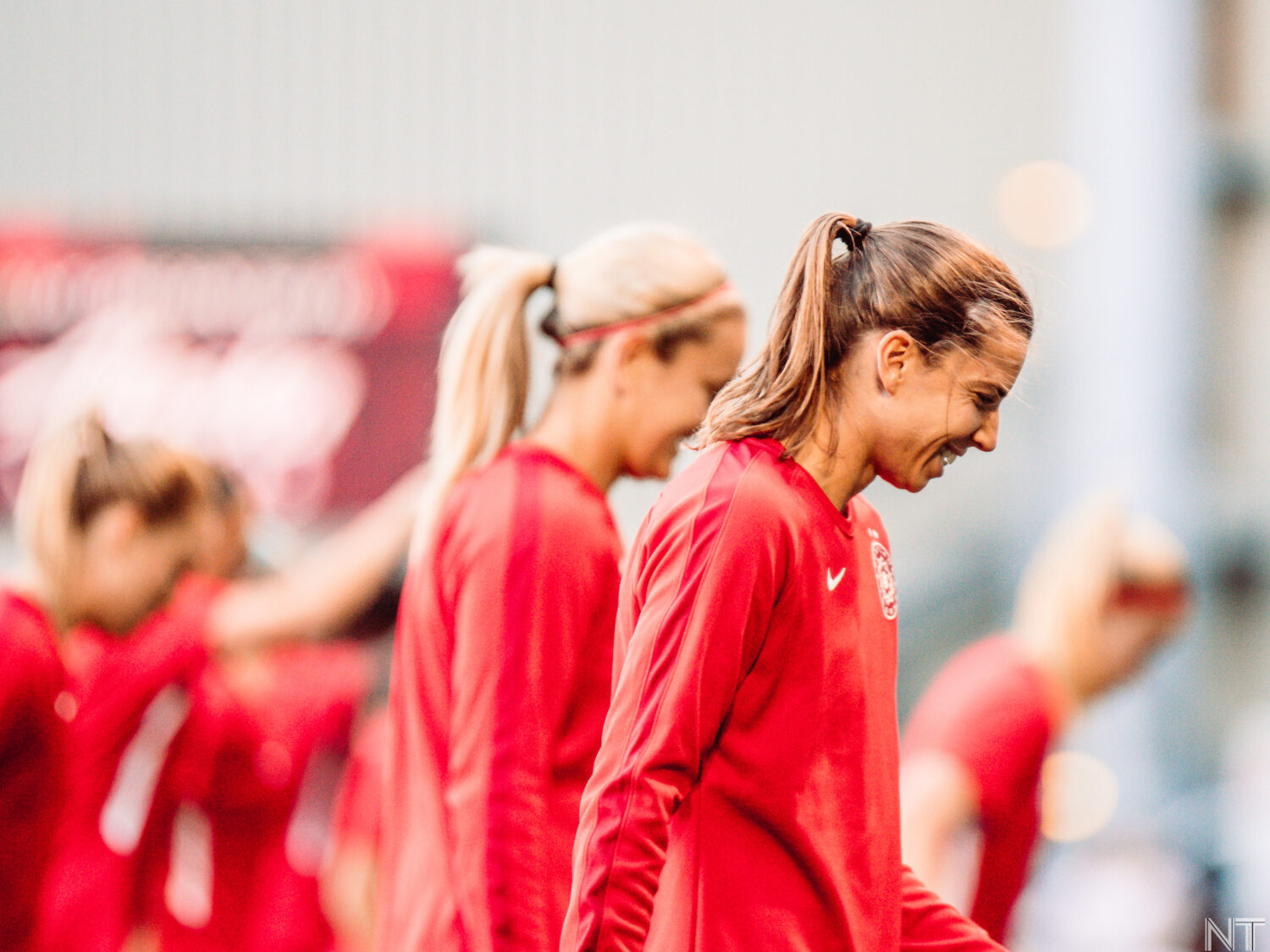
What Parsons said quickly became a meme, but it did mean something real: he saw that this wasn’t just another good player, but one who deserved to have an offense built around her. With her on the team, the only logical thing to do was get the ball to her as much as possible.
And yet, that never quite happened. It’s a little ironic that Tobin’s best season in Portland, in 2018, was one that also saw Lindsey Horan ascend to godhood, and ended with Jessica McDonald tearing off her jersey in Providence Park to reveal an undershirt reading “JESUS PAID THE PRICE”. Her second best season, in 2016, had ended similarly, against the Flash. The year they beat the Courage, the offensive scheme Parsons had built around her had to be scrapped midseason due to a nagging injury, and she played just four games before the playoffs.
There was often this almost-ness around her presence on the team: she’s almost healthy enough to play, the Thorns have almost hit their stride, but just wait until Tobin gets back from the Olympics. She never quite became the face of the team; there were just too many other faces in town.
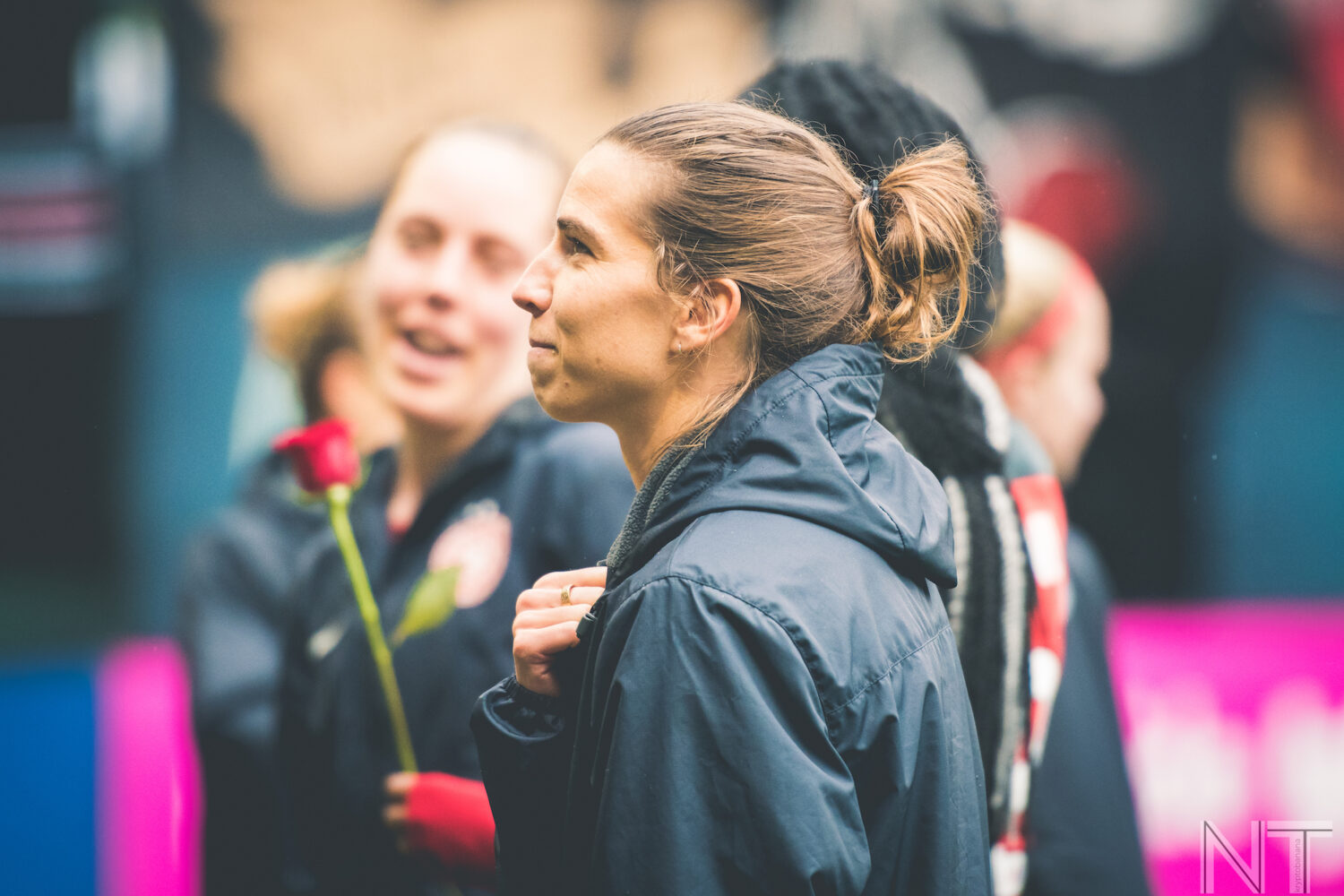
Still, it feels wrong to imagine her not being here. There aren’t too many other stars in this league who’ve been with the same club for so long, who seem to really like their clubs as much as she did. It’s a cruel twist that her time in Portland ends without her in Portland at all, in a year where no fans even set foot in Providence Park.
It’s also a bookend for me. I’m turning 30 in a few days, so the timing here is a little on the nose. Heath was the first soccer player I ever interviewed, a few weeks after that 2016 opener, for a short sidebar in Portland Monthly. I had no idea what I was doing, but she was gracious and thoughtful and it made me feel capable. I’ve long wanted to do a big, in-depth feature on her, but time marched on and I never quite got around to it.

